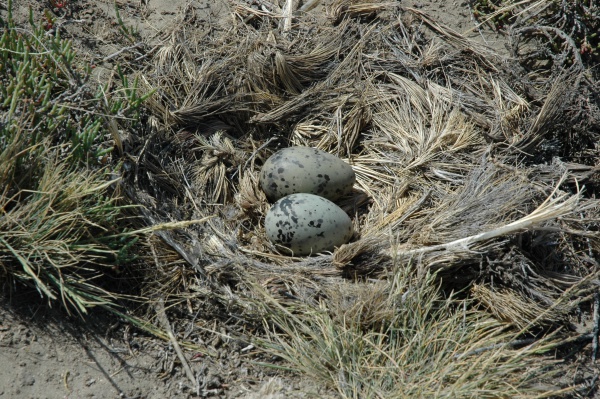Facts About Kelp gull
The kelp gull, also known as the Dominican gull, is a captivating seabird commonly found along the coasts and islands of the Southern Hemisphere. This species is categorized into two primary subspecies: L. d. dominicanus, which inhabits areas around South America, parts of Australia, and New Zealand, and L. d. vetula, located in Southern Africa.
In terms of size, the kelp gull is intermediate, falling between the lesser black-backed gull and the great black-backed gull. It features black upperparts and wings, which contrast sharply with its white head, underparts, tail, and wing tips. Its yellow bill is distinguished by a characteristic red spot, and its legs are greenish-yellow. Juvenile kelp gulls appear quite different from the adults and require several years to develop their full adult plumage.
In fact, there are five recognized subspecies of the kelp gull, with the African subspecies often referred to separately as the Cape gull. These birds are omnivorous, meaning they consume a wide variety of foods. Remarkably, they have been observed feeding on live right whales by using their strong beaks to peck at the whales' skin and blubber. Additionally, they prey on seal pups and have even been seen using tools to break open shellfish.
For nesting, kelp gulls create a shallow depression lined with vegetation and feathers. The female typically lays 2-3 eggs, and both parents participate in the care of the offspring. The Cape gull, a specific subspecies, stands out due to its white tail and dark eye.

 Argentina
Argentina